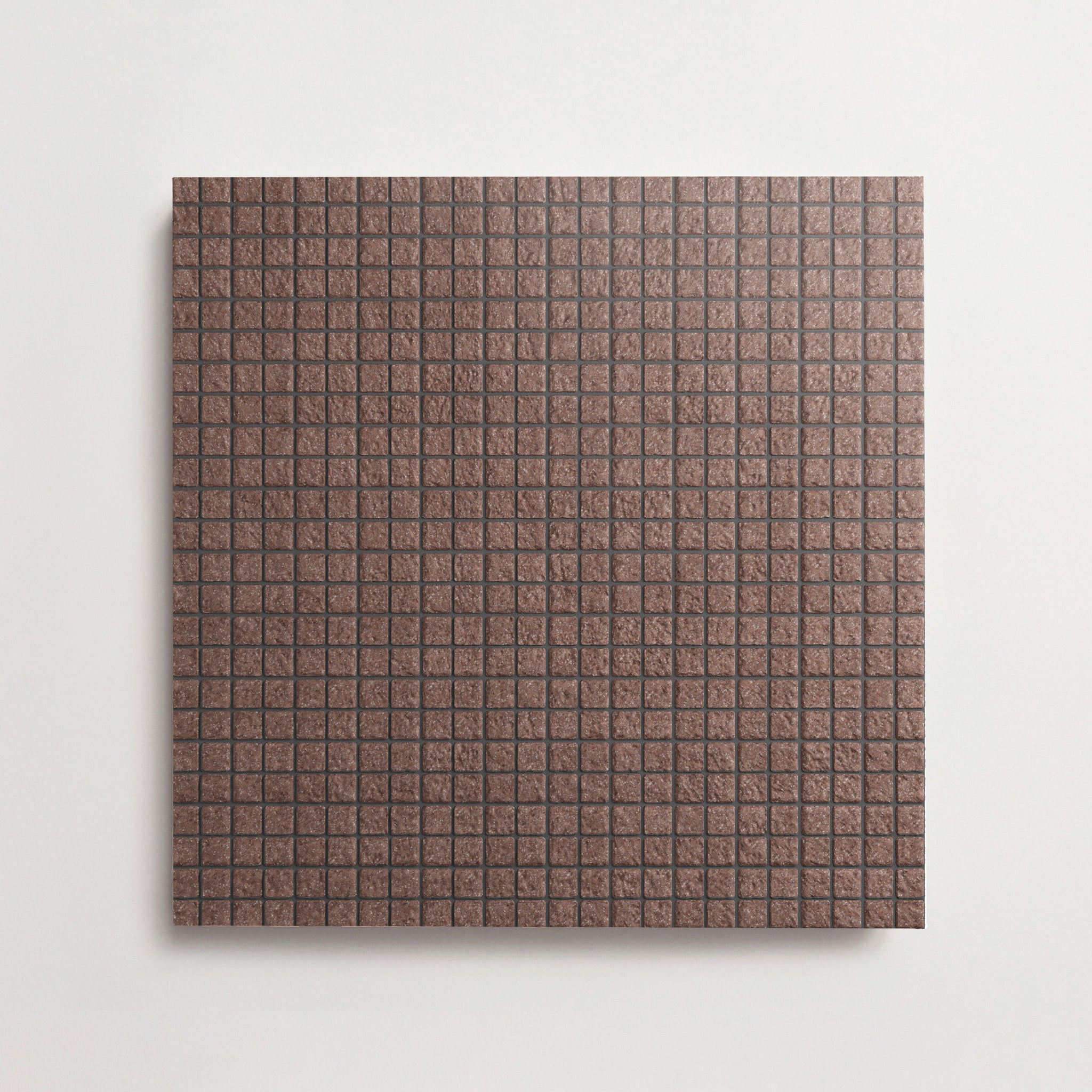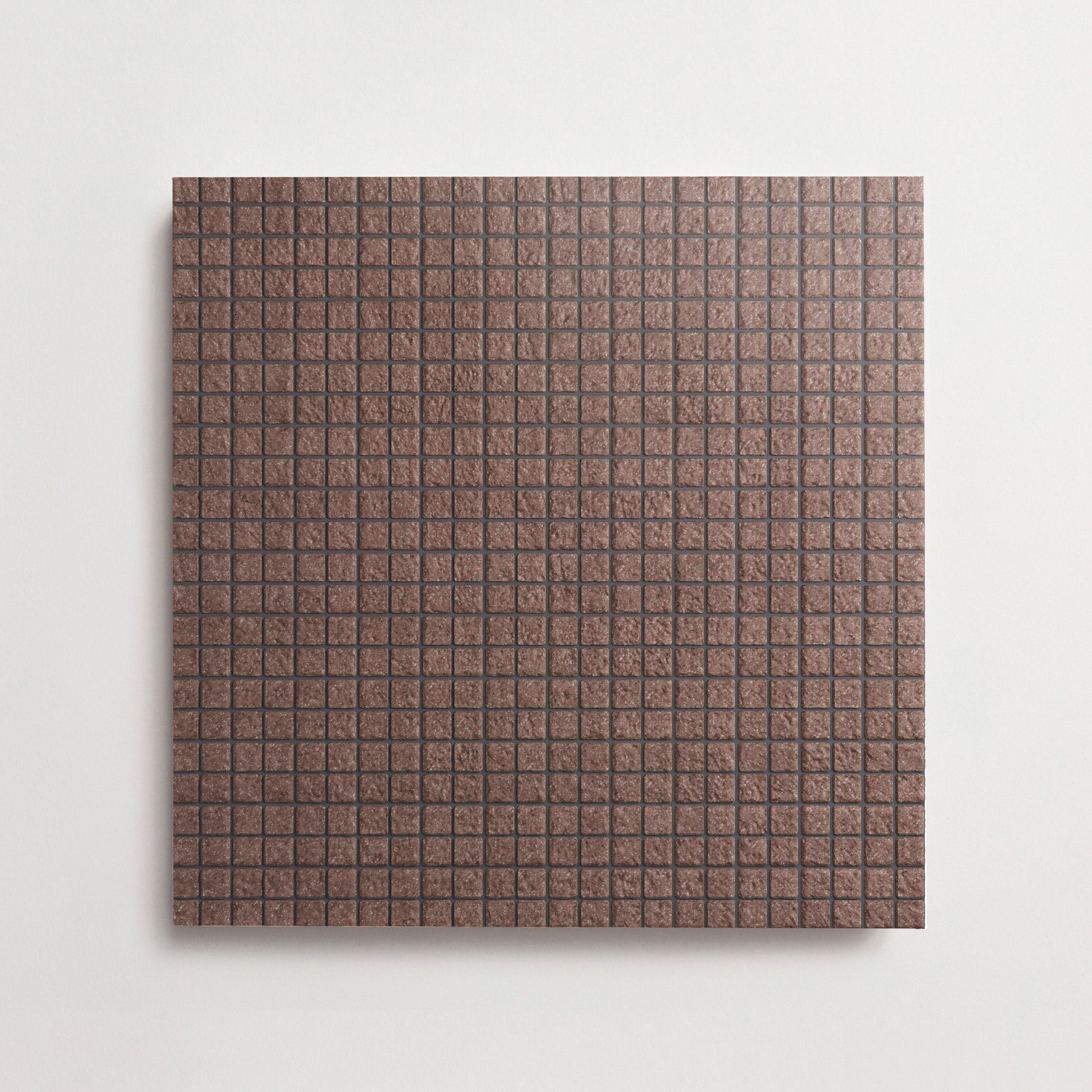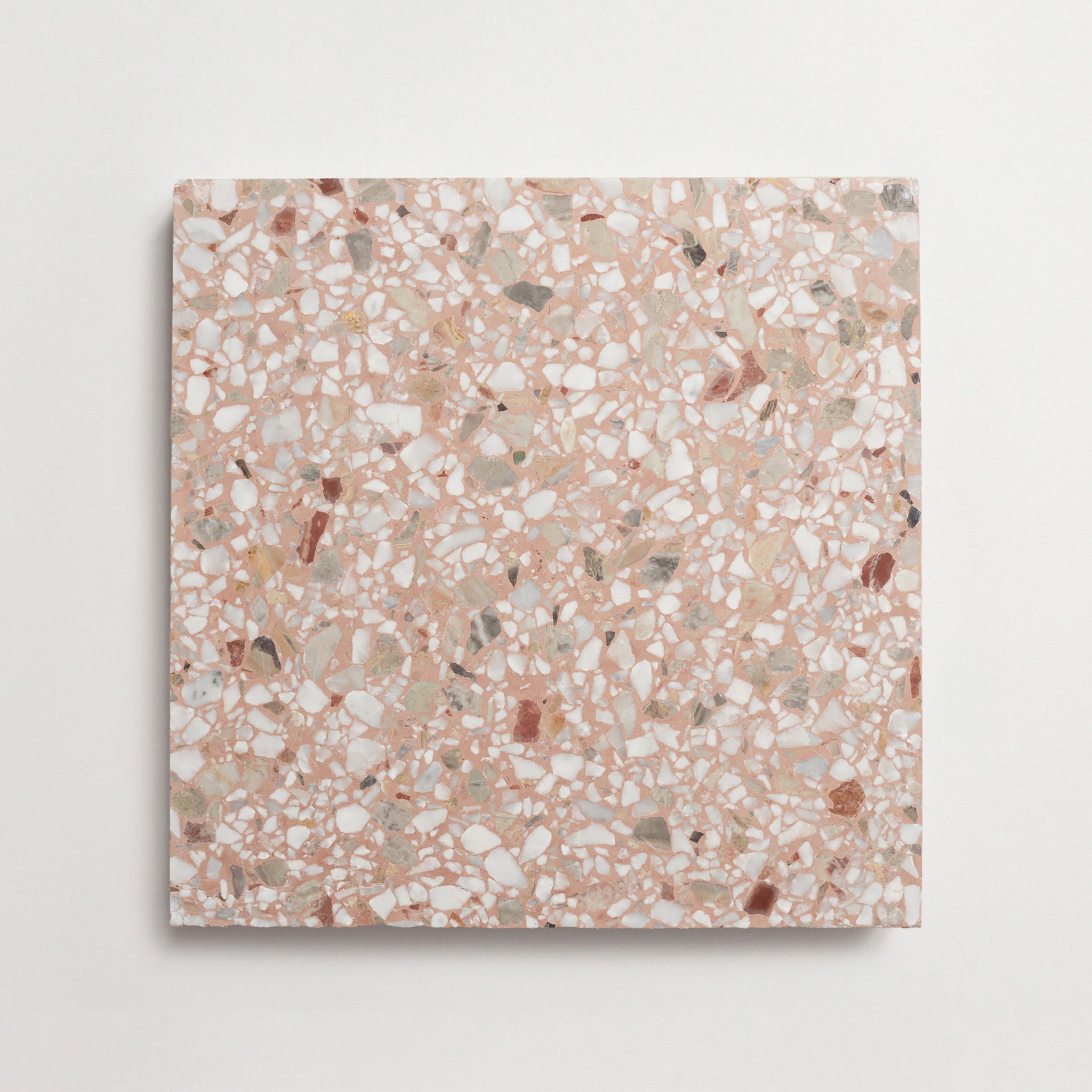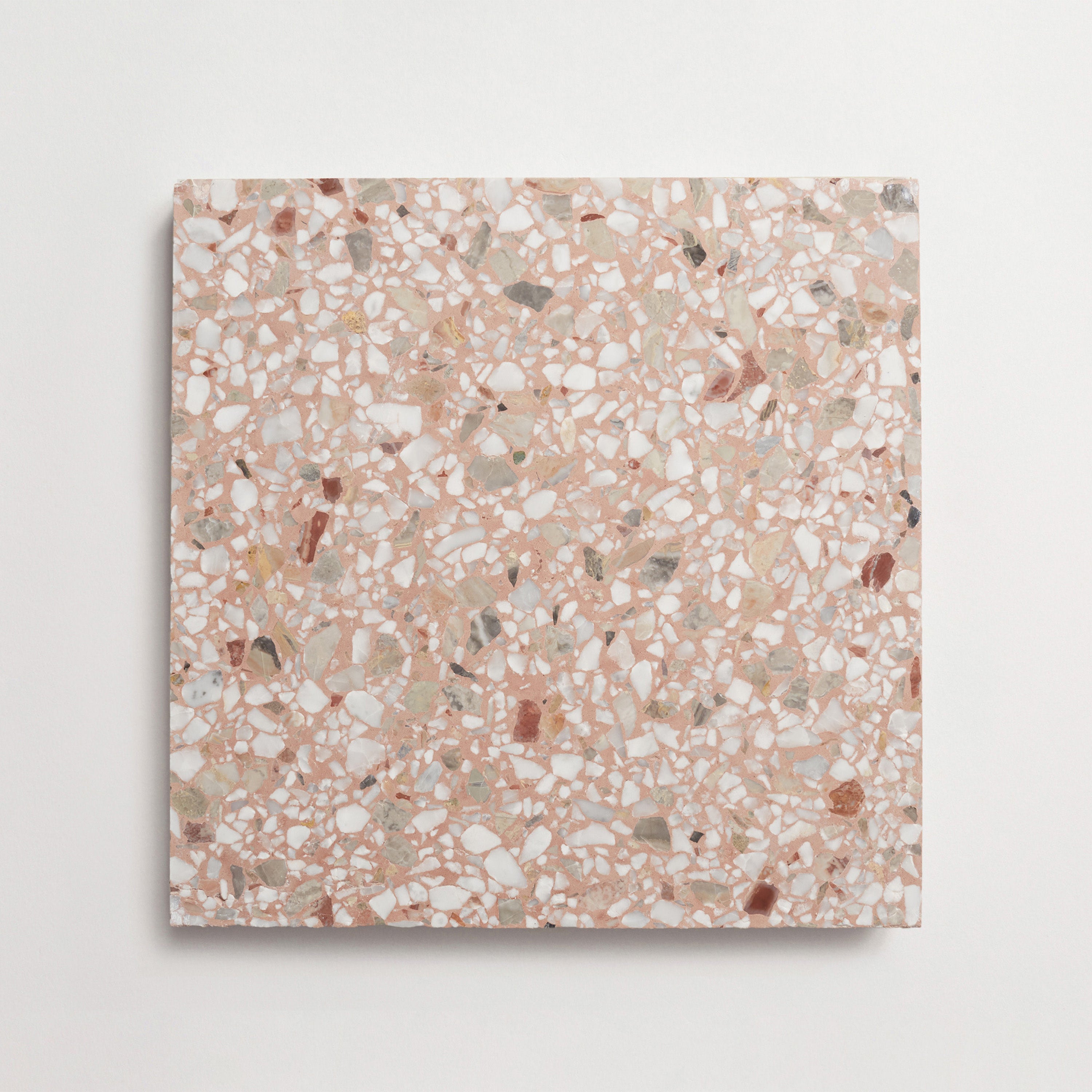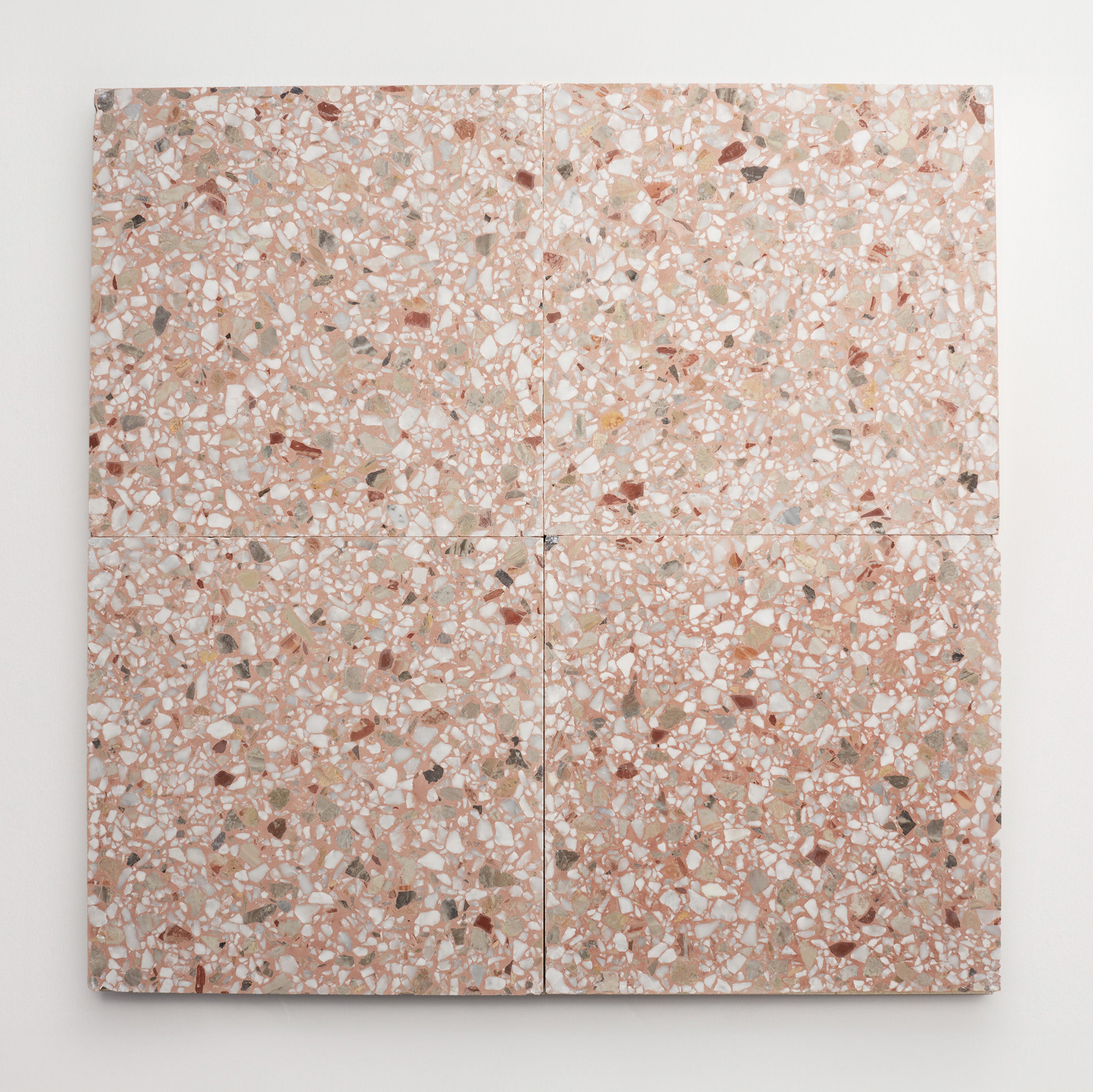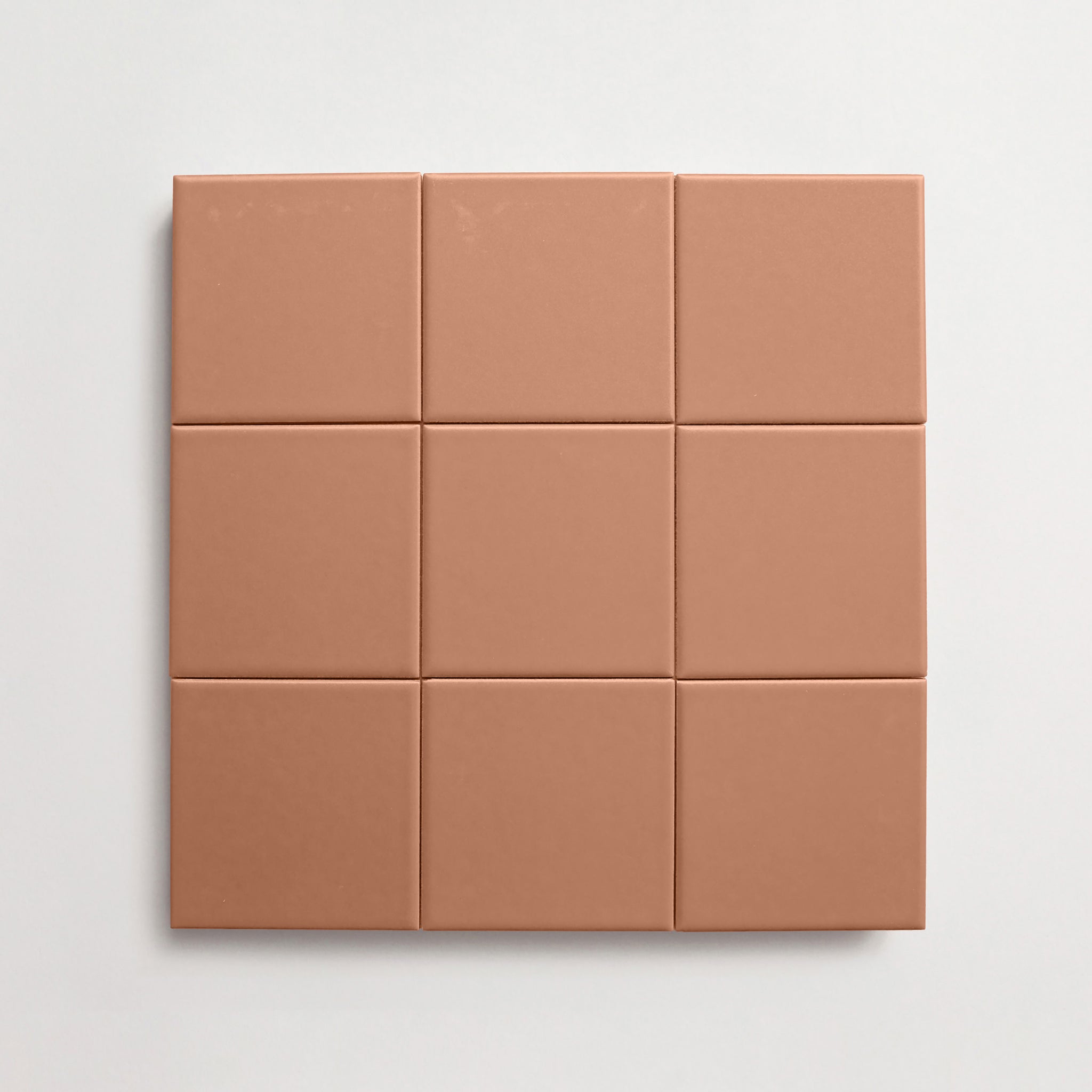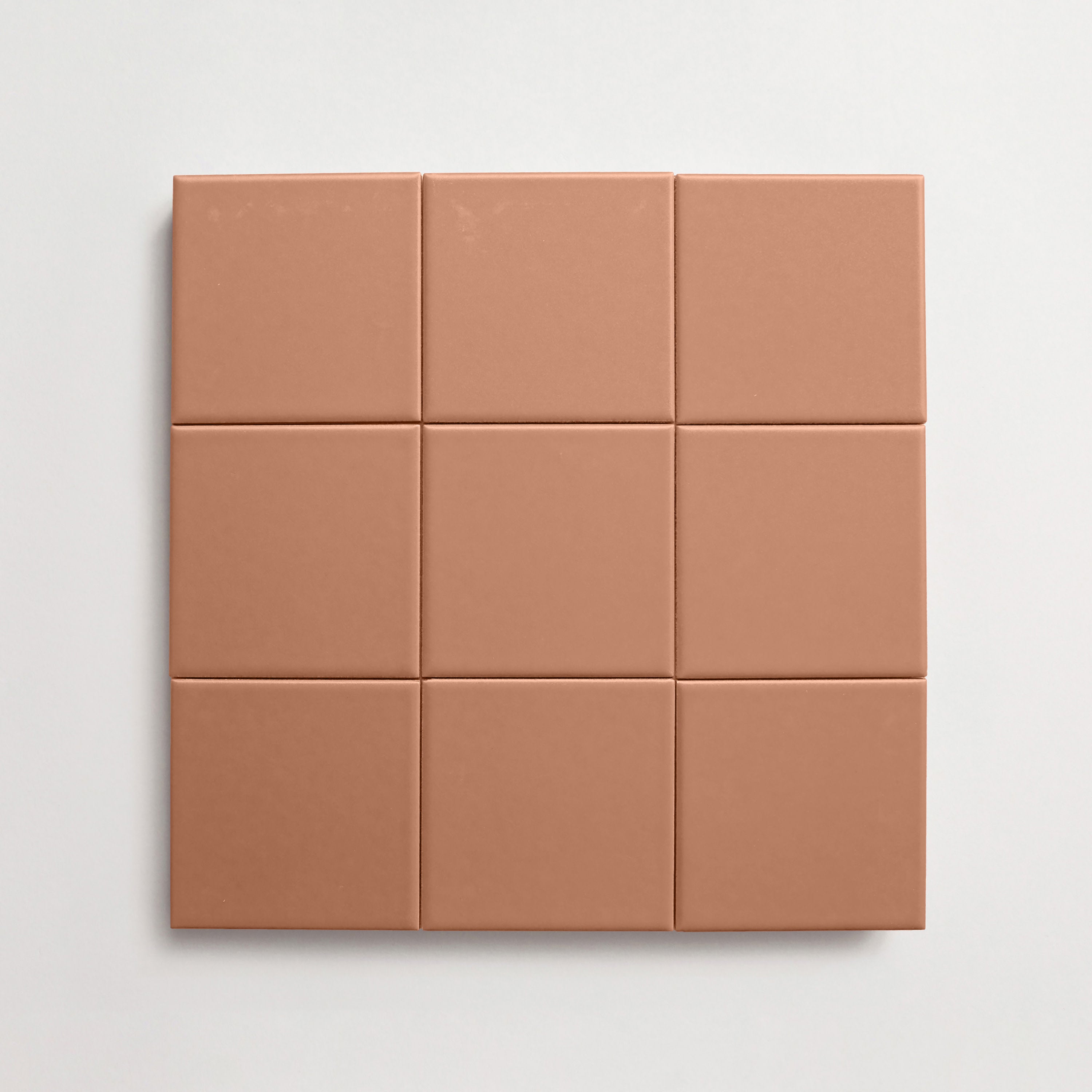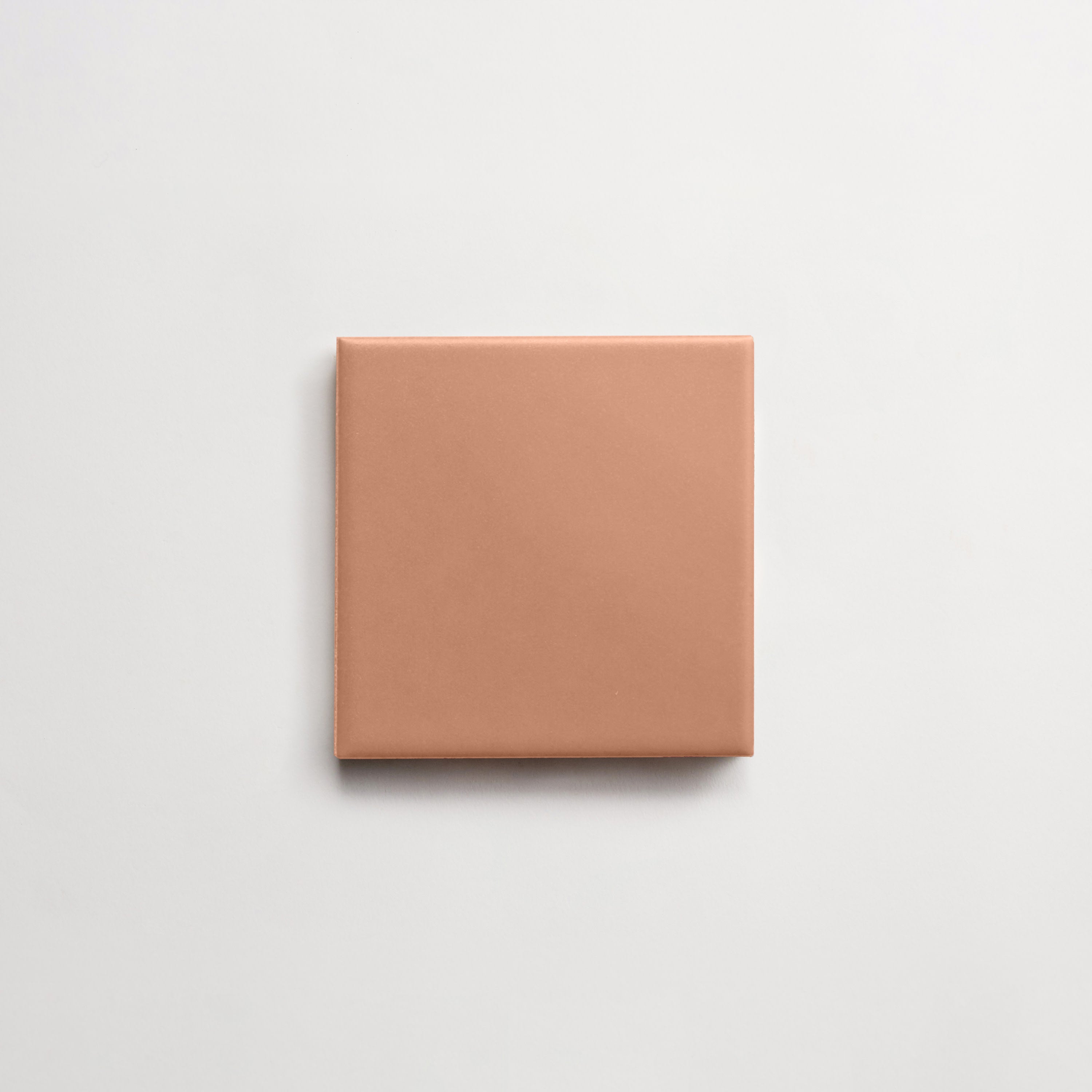your shopping cart is empty.

Lido: Selvedge, ½x½" Confetti, Whitewash, Matte
10 Elevated Residential Rooftop Deck, Patio & Terrace Ideas
As urban footprints shrink and property owners seek to maximize every square foot, residential rooftop decks, patios, and terraces have become more than an afterthought — they are a defining feature of modern homes. For landscape architects and interior designers, planning a rooftop deck design that balances aesthetics, functionality, and durability is a unique challenge.
Whether it’s integrating a rooftop garden with potted plants and greenery or designing an outdoor kitchen that’s perfect for al fresco dining, the right approach transforms flat roofs, sloped roofs, and penthouse terraces into true living spaces. In this article, we explore ten elevated rooftop deck ideas to inspire the next project. Then, stick around: We also delve into material considerations that ensure long-lasting performance.
10 Elevated Ideas for a Residential Rooftop, Deck, or Terrace
A rooftop space offers a unique opportunity to expand the living area and create a stunning outdoor retreat in an urban environment. By carefully considering design elements and material choices, you can transform a simple roof into a vibrant terrace. Here are ten elevated ideas to keep in mind when designing any residential rooftop deck, patio floor, or terraced pool area.
1. Explore Open Floor Plans, Clean Lines & Intentional Zoning
An open floor plan on a rooftop deck blurs the boundaries between the indoor living space and the outdoor deck, especially when you ground it with tiles or pavers. By articulating distinct zones — dining area, bar top, lounge, planting beds, and outdoor kitchen — designers can create a cohesive flow.
Clean lines in tile-clad surfaces or pedestal-supported decking keep sightlines clear and allow property owners to appreciate panoramic views. Consider using modular porcelain tiles on adjustable pedestals, which facilitate drainage and allow for easy access to the roof structure.
2. Create Continuity Between Interior and Rooftop Spaces
Visual and material continuity strengthens the connection between the main residence and its rooftop. Extending interior flooring materials, such as earth-toned porcelain or large-format deck tiles over concrete, onto the terrace creates a seamless transition. Be sure to match color palettes and design motifs, like repeating a dining area’s statement tile or adopting the same furniture silhouettes.
Incorporating a pergola or overhead steel trellis that mirrors interior beams can help anchor the roof deck in the broader architectural language. Plus, it has the added benefit of providing much-needed shade.
3. Add Height & Privacy with Tile-Clad Walls & Architectural Screens
Rooftop deck owners often have privacy concerns when they live in dense urban settings. Tile-clad planter walls or partitions not only shield rooftop gardens from neighboring windows but also serve as sculptural backdrops.
Architectural screens, such as laser-cut metal panels or vertical slatted wood, can also define more intimate niches. Tile-clad privacy walls, in particular, can double as support for climbing vines, introducing greenery without compromising height or safety regulations.
4. Use Light to Elevate the Atmosphere
Outdoor lighting transforms a rooftop terrace after dark, creating an inviting ambience for evening gatherings. Recessed LED strips beneath seating ledges, uplighting behind planters, and integrated lighting within pergolas accentuate textures and depth. (We especially love this approach when there is natural, textured tile nearby.)
Designers should plan for both task lighting — above the outdoor kitchen or bar — and accent lighting that showcases details like a sculptural water feature or a stand-alone planter. Opt for solar-powered fixtures and energy-efficient LEDs to cater to sustainable, low-maintenance goals.
5. Add Biophilic Warmth with Organic Elements
Introducing natural materials and living plants softens the hardscape of flat roofs and patios. Planters filled with native grasses, potted plants, or even a small rooftop garden can create a sense of retreat and promote air quality.
You might also incorporate wood decking and other details in lounge zones — or even integrate living walls on tile-clad surfaces for a green facade. A rooftop garden can include raised beds for edible herbs, as well, combining function with sensory appeal.
6. Consider Built-In Seating and Multi-Functional Furniture to Make the Most of the Space
On small rooftop decks or tight footprints, every element must earn its place. Built-in benches along the fence or perimeter walls can free up central space for a dining area or hot tub. Meanwhile, storage benches with lift-up seats can conceal cushions, planters, or maintenance tools.
Multi-functional furniture, such as nesting a side table, foldable dining set, or lift-top coffee table — offers additional flexibility for changing needs, whether your client is hosting a cocktail hour or setting up an outdoor workspace.
7. Add Sensory Appeal with a Fire or Water Feature
A fire pit or linear fireplace instantly becomes a focal point, offering warmth and a convivial atmosphere on cooler evenings. Select gas- or propane-fueled models with tempered glass surrounds for safety.
Alternatively, a water feature — be it a rill, fountain, or recirculating pondless waterfall — introduces the soothing sound of flowing water. Position water features near seating areas, and use natural stone tile accents to integrate them seamlessly into the overall design.
8. Choose a Color Palette That Complements the Home’s Architecture
Color choices tie rooftop deck ideas back to the building’s character. For modern homes, a monochromatic palette of charcoal grays, slate blues, and crisp whites paired with black-anodized metal fixtures can create a sleek look.
A traditional deck might lean into warm earthy tones — think: travertine pavers, earth-toned porcelain tiles, and muted green planters. Accent cushions, rugs, and planters can echo hues found in the interior palette, ensuring continuity throughout.
9. Bring Dimension to Tight Footprints with Vertical Elements
When square footage is limited, vertical design strategies can open up the space. Tall planters with slender profiles, climbing vines trained on screens, and vertical garden walls draw the eye upward, making the terrace feel more expansive.
Suspended light fixtures or hanging planters can also add interest without encroaching on floor space. A pergola with vaulted rafters creates volume and frames skyward vistas, enhancing the sense of openness while offering valuable shade.
10. Consider Safety in Every Detail
Safety is paramount on any rooftop deck. Specify guardrails that meet local building codes — often at least 42 inches in height — with baluster spacing that prevents climbing. Non-slip deck tiles and pavers can ensure traction, especially near a hot tub or water feature.
Don’t forget to evaluate wind loads on furniture, screens, and planters, anchoring any freestanding elements securely. You’ll also need to incorporate roof drainage solutions such as scuppers, channel drains, and properly sloped surfaces to prevent ponding and protect the roof membrane.

Dzek + Formafantasma: ExCinere, 2x8" Cigar, Terra A, Gloss. Photo courtesy of French & Tye.
Choosing Materials for a Residential Rooftop Design
Elevating a residential rooftop into a functional and stylish space involves several key considerations, especially as you are choosing materials. Here are three ways to narrow down your options.
Evaluate Exposure & Climate
Climate has a major impact on material performance. In regions with freeze-thaw cycles, be sure to choose frost-resistant tiles that are rated for outdoor use. (Porcelain tile is an excellent example.)
For sun-drenched climates, UV-stable tile flooring and furniture will protect against intense sunlight, which can cause fading. Membrane compatibility is crucial: The best deck tiles and pedestal systems distribute loads evenly without damaging the waterproof roof structure.
Consider Slip Resistance & Surface Texture
High-traffic rooftop areas, especially those that incorporate a tiled hot tub or outdoor kitchen, demand slip-resistant surfaces. Textured glazed tiles, honed travertine stone tiles, and natural brick pavers offer built-in grip to provide safety underfoot.
ADA guidelines recommend a DCOF (Dynamic Coefficient of Friction) rating of at least 0.42 for level surfaces, so be sure to check the tile’s material guidelines. Selecting the right surface texture against potential puddling ensures practicality and design integrity.
Balance Aesthetics with Practicality
Landscape architects and hardscape designers must weigh the durability of materials against the desired aesthetic. Natural stone offers timeless elegance but may require sealing and careful maintenance to prevent staining.
On the other hand, porcelain outdoor tiles offer low water absorption and minimal upkeep. And while they may not offer an organic look, they have an aesthetic that is delightfully modern all on its own.
Residential rooftop decks, patios, and terraces are more than a luxury — they are an opportunity to expand the living space upward, integrating green space, dining areas, and sensory features in the sky. By exploring open plans, integrating biophilic elements, and carefully selecting tile, pavers, and decking materials, designers can create rooftop garden sanctuaries that align with both a client’s aesthetic vision and performance requirements. From selecting slip-resistant surfaces to harmonizing color palettes and ensuring safety, every decision contributes to a cohesive and elevated experience.
-
Resplendent Redstone
-
Lido
:
-
Granita
-
4
" x
-
4
" x
-
⅛
"
-
sqft
/
$
-
Argilla
-
Dolce Vita Terrazzo
:
-
Torrone II
-
8
" x
-
8
" x
-
⅞
"
-
sqft
/
$
-
Rick's Rose
-
Colorwerks
:
-
Helios
-
4
" x
-
16
" x
-
⅝
"
-
sqft
/
$






